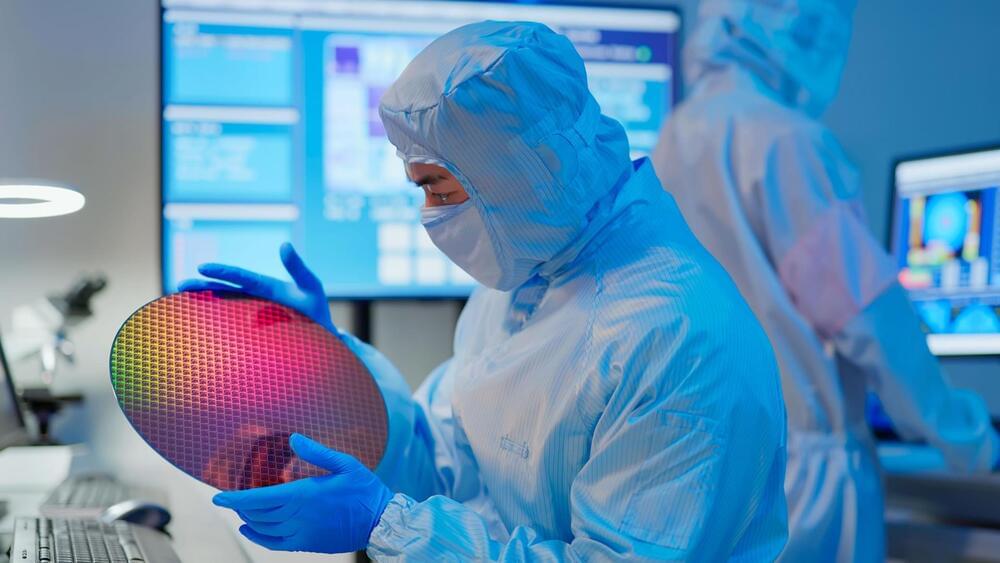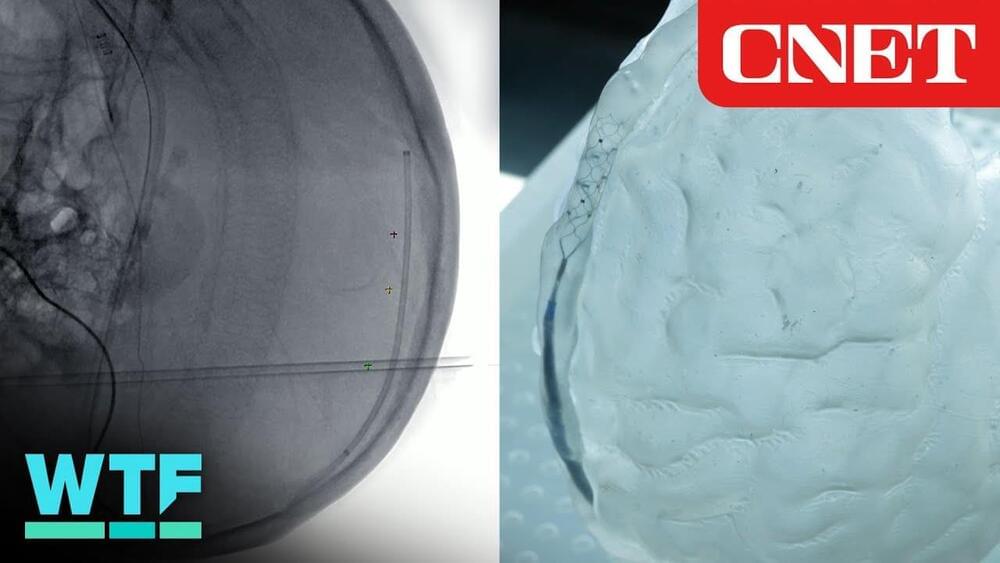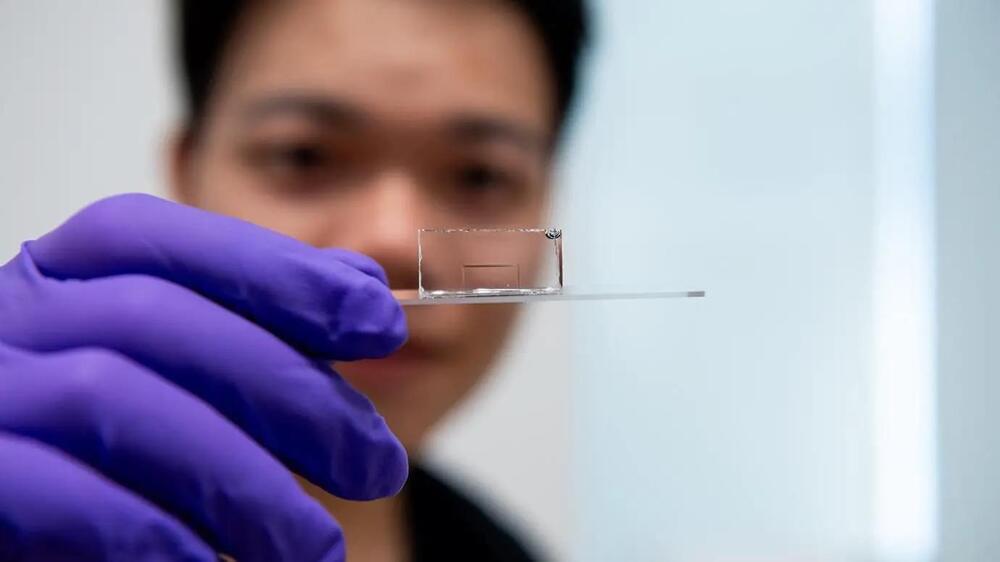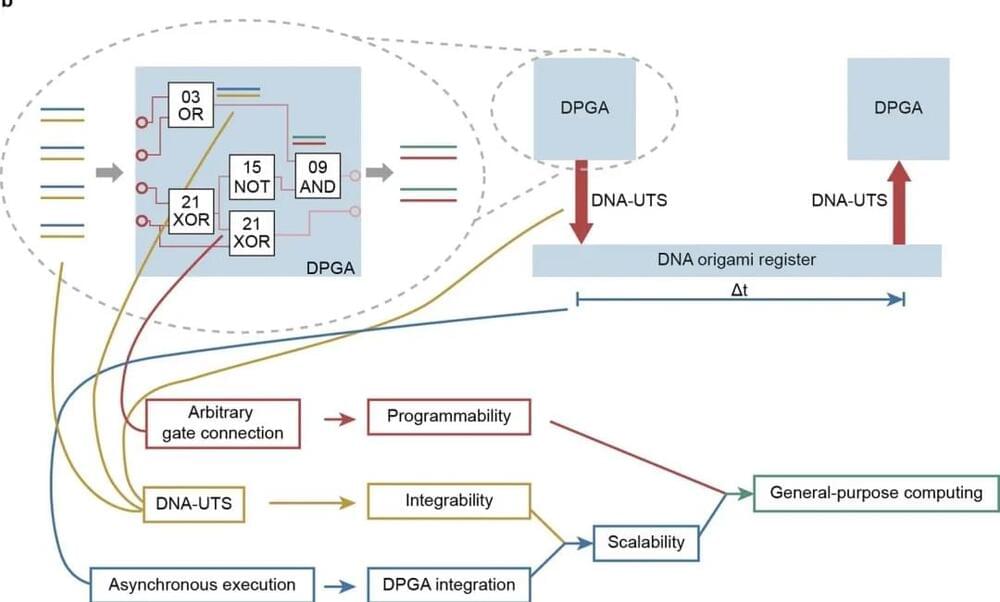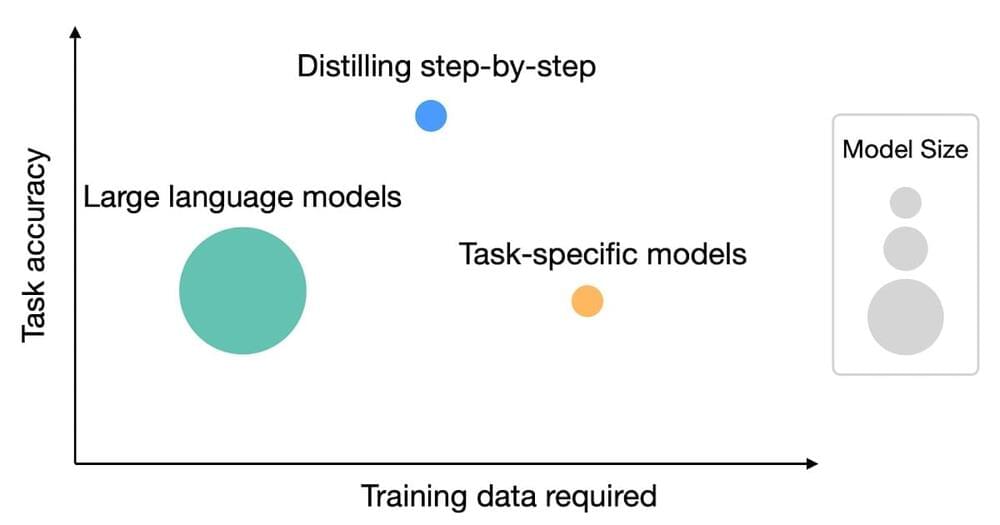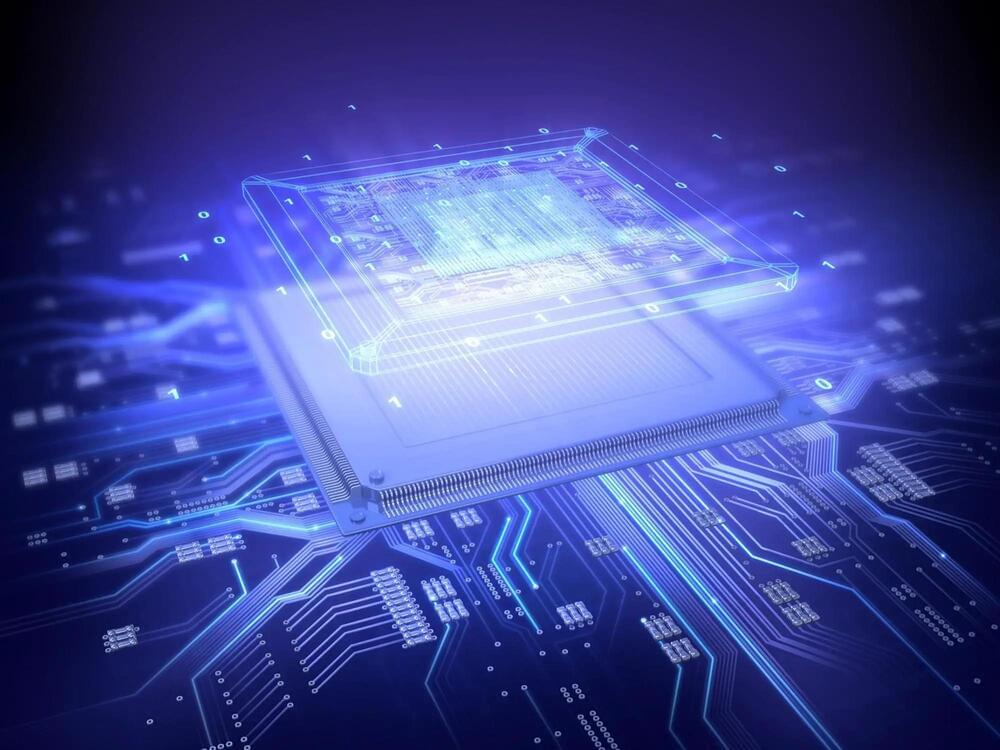Sep 26, 2023
China plans giant particle accelerator-powered chip factory
Posted by Gemechu Taye in categories: computing, particle physics
Chinese researchers are working on ways to develop their own semiconductor lithography process to compete with ASML.
Researchers at Tsinghua University are working to bring microchip production to China to bypass US sanctions, reports the South China Morning Post.
Continue reading “China plans giant particle accelerator-powered chip factory” »
